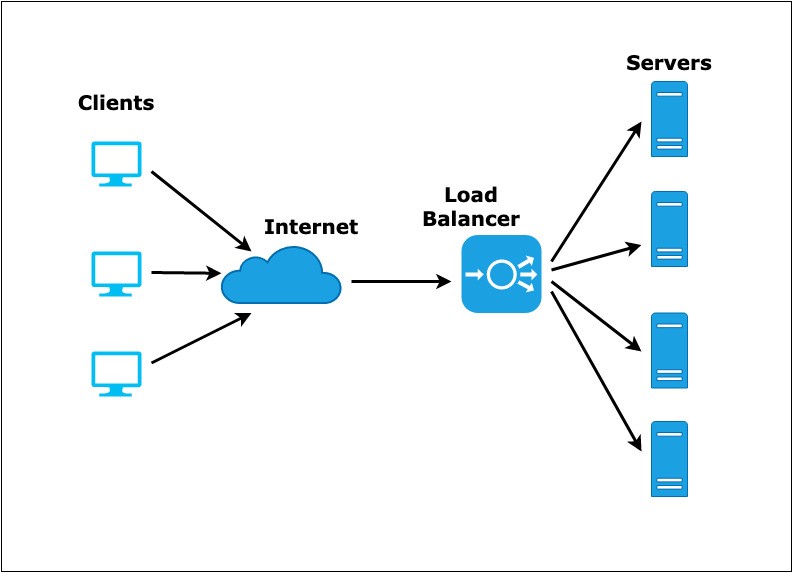In today’s digital age, where uptime and performance are critical, load balancers play a key role in ensuring applications and websites remain available, responsive, and scalable. Whether you’re running a personal blog, an e-commerce store, or a complex cloud-based platform, understanding how load balancers work can help you optimize your infrastructure.
In this article, we’ll break down what a load balancer is, how it works, its benefits, and different types available.
What Is a Load Balancer?
A load balancer is a system—either hardware or software—that distributes incoming network traffic across multiple servers. The goal is to prevent any one server from becoming a single point of failure, ensuring your application remains fast and available even under heavy traffic.
Imagine a traffic cop directing vehicles to different open lanes—load balancers do the same, but with network requests.
Why Use a Load Balancer?
Here are some key reasons why load balancers are essential:
- High Availability (HA): If one server fails, traffic is automatically routed to others.
- Scalability: Easily add more servers to handle increasing traffic.
- Improved Performance: Requests are distributed evenly, preventing overload.
- Security: Can help mitigate DDoS attacks and act as a first layer of defense.
- Flexibility: Useful in multi-cloud and hybrid environments.
How Do Load Balancers Work?
Load balancers receive incoming traffic and use algorithms to decide which backend server should handle each request. Common algorithms include:
- Round Robin: Rotates requests evenly among servers.
- Least Connections: Sends traffic to the server with the fewest active connections.
- IP Hash: Routes traffic based on the user’s IP address to ensure session persistence.
- Weighted Round Robin: Gives preference to more powerful servers.
Types of Load Balancers
1. Hardware Load Balancers
- Physical appliances often used in enterprise environments.
- Expensive and require dedicated infrastructure.
2. Software Load Balancers
- Runs on standard servers or virtual machines.
- Examples: Nginx, HAProxy, Apache mod_proxy_balancer.
3. Cloud-Based Load Balancers
- Offered as a service by cloud providers.
- Examples: AWS Elastic Load Balancing (ELB), Google Cloud Load Balancer, Azure Load Balancer.
- Scalable, easy to set up, and pay-as-you-go.
4. Layer 4 vs. Layer 7 Load Balancers
- Layer 4: Operates at the transport layer (TCP/UDP). Focuses on connection-based routing.
- Layer 7: Operates at the application layer (HTTP/HTTPS). Offers more intelligent routing based on content, cookies, headers, etc.
Use Cases
- Web Applications: Distribute HTTP requests for improved UX and availability.
- APIs: Balance API traffic and prevent service bottlenecks.
- E-commerce Platforms: Handle spikes in traffic during sales or holidays.
- Microservices: Route requests to different services behind a unified interface.
Load balancers are more than just traffic managers—they are a critical part of building resilient, scalable, and secure systems. Whether you’re deploying a small blog or a global SaaS application, incorporating a load balancer can significantly improve your application’s reliability and performance.

Leave a Reply